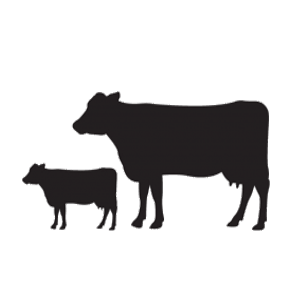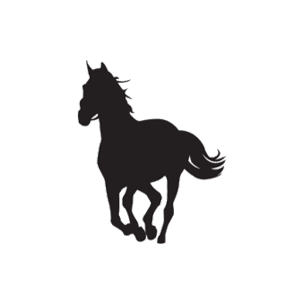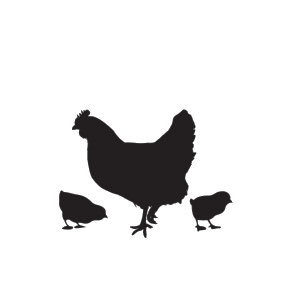Physiological Terms
Kids: Goats of both sexes that are younger than a year old.
Doeling: A young, sexually immature female goat.
Buckling: A young, sexually immature male goat.
Doe: An adult female goat.
Billy: An adult male goat used for breeding.
Buck: An older adult male that has not been castrated, also used for breeding.
Whether: A castrated male goat.
Yearling: Both male and female goats that are between one and two years of age.
Breeding Terms
Synchronisation: The act of getting all females in the herd to come into heat at the same time.
Sire: A goat’s father.
Dam: A goat’s mother.
Fecundity: The efficiency of producing more than one live young at a time, as twins or triplets.
Kidding: The act of a doe giving birth to kids.
Lactation: The period of time in which a doe produces milk.
Gestation: The period of pregnancy that starts at the conception and ends with the birth of the young. In goats this is 142 – 152 days.
Flushing: The act of increasing a doe’s nutrition before mating in order to improve her rate of conception.
Estrus: A period in which the female is receptive to the male goat, also known as being in “heat”.
Estrus cycle: The period of time from the beginning of one estrus to the beginning of the next. In goats, this is usually 16 – 17 days.
Colostrum: Thick milk that a doe produces after giving birth. Colostrum is very high in antibodies and is vital to the survival of the young.
Anestrus period: Non-breeding season in which the female does not display signs of heat.
Artificial insemination: The act of placing semen of a chosen goat into the reproductive tract of the female goat through means of an instrument.
General Industry Terms
Debudding: The act of removing the goat’s horns.
Rennin: An enzyme from the stomach of a goat that is used to curdle milk, often used to produce cheese.
Crossbreed: An animal whose parents are of two different breeds or pedigrees.
Butting: A manner of fighting in which the goat strikes its opponent with the head and horns.
Blind teat: A goat’s teat that does not produce any milk.
Caprine: Of or relating to goats.
Cleats: Two halves of a goat’s hooves.
Closed herd: A flock that has no new animals introduced to it.
Dry period: A period of time in which the doe does not produce any milk.
Wattle: A fleshy part of the skin that hangs on or near the throat of a goat, the function of which is not known.














